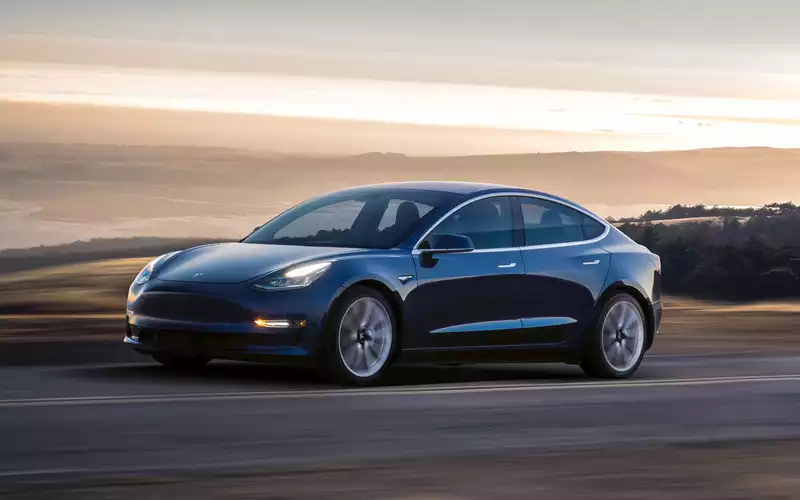Would you be comfortable driving a car that records everything you say and do?
Tesla's in-car video monitoring system raises a series of privacy concerns, according to Consumer Reports. A new blog post questions whether Tesla really needs to transmit and retain camera footage aimed at drivers in Model 3 and Model Y vehicles.
"Whenever the footage is recorded, it can be accessed later," Electronic Privacy Information Center attorney John Davisson told Consumer Reports.
"There is always the possibility that insurance companies, police, regulators, or other parties to the accident will have access to that data."
Many automakers have installed driver monitoring systems that use infrared cameras to capture the driver's face as a safety measure. The car's computer uses this to determine when the driver has taken his eyes off the road and, if so, to prompt the driver to pay attention. These are "closed-loop" systems, meaning that what happens inside the car stays inside the car.
Tesla's driver monitoring system is different. According to Consumer Reports, this system has a full-color camera installed in the passenger seat that clearly shows anyone in the car other than the driver. This is primarily used to assess what happens in the seconds to minutes before a collision occurs.
The Tesla's cabin camera is turned off by default, and the driver must choose to enable it.
Last week, the Wall Street Journal reported that the Chinese government has banned military personnel, government agencies, and defense contractor employees from using Teslas because of a number of cameras on the Tesla's exterior and interior.
Even when drivers are distracted, Tesla vehicles do not remind drivers to keep their eyes on the road. Instead, the video footage is sent to Tesla headquarters, where engineers can use it to study and improve Tesla's self-driving system.
That kind of defeats the purpose of driver monitoring technology, says Jake Fisher, head of Consumer Reports' automotive test center.
"If Tesla has the ability to determine if a driver is not paying attention, it needs to warn the driver on the spot, like other automakers already do," Fisher said.
Tesla appears to be using this footage primarily to advance its ultimate goal of creating a fully self-driving car. That car would do everything necessary to steer and operate itself, including braking, stopping, and parking, while the human in the driver's seat would passively watch.
That day is still years away, but that hasn't stopped Tesla from labeling even incremental advances "fully automated driving" (FSD) and allowing some customers to beta test new features.
In a March 12 tweet, Tesla CEO Elon Musk said that Tesla "revoked" the FSD beta test mode from drivers who "did not pay enough attention to the road."
Tesla has a way to detect driver distraction using pressure sensors that can detect if the driver has at least one hand on the steering wheel. However, that may not be enough.
"Just because a driver has their hands on the wheel doesn't mean their attention is on the road," says Consumer Reports vehicle tester Kelly Funkhouser.
She notes that drivers using Tesla's Autopilot feature (which is like cruise control plus auto line management and braking) are involved in an accident that attracts media attention, so that the next time they are involved in an accident, Tesla I suspect that they are recording their behavior.
"Tesla could use the video footage to prove that the driver was distracted, rather than address why the driver wasn't paying attention in the first place," says Vanhauser.










Comments